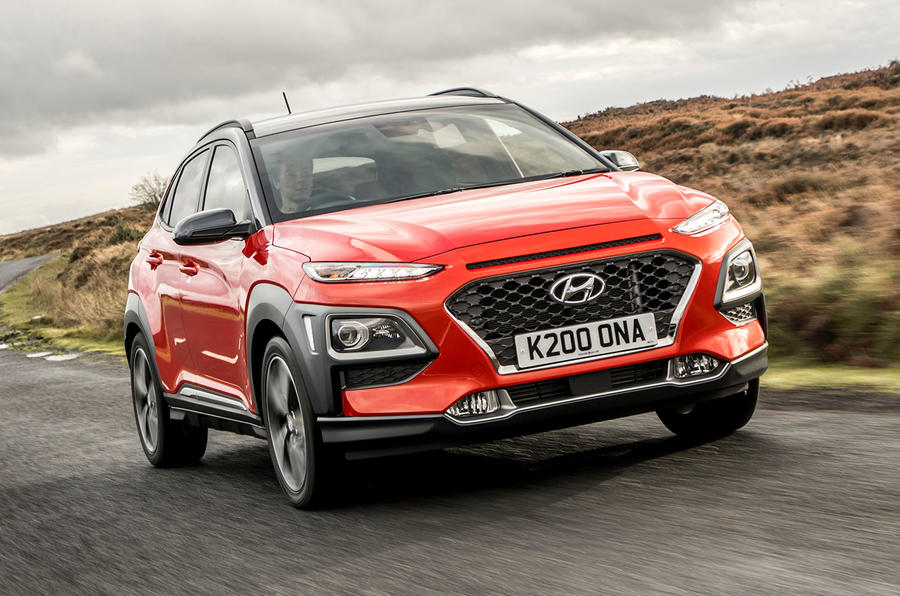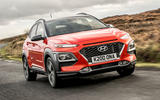What is it?
Hyundai’s compact SUV is best known for its electric variant, the Kona Electric, which has a worthy claim to fame: it has the best real-world range of any electric car currently on sale (259 miles), and is far more affordable than most too.
While the Kona Electric is worthy of its many plaudits, it will only account for a nominal amount of the Kona’s sales. The majority will go to its petrol line-up, which includes a three-cylinder turbocharged 1.0-litre and a four-cylinder 1.6-litre turbo.
Finally, there is the Kona diesel. Plenty of rivals, such as the Seat Arona and Kia Stonic, also offer a diesel variant – but, nonetheless, there’s little demand for the fuel in the compact SUV segment. Most buyers use these cars for lower-mileage driving around town, where petrol (or electric) power suits, and diesel sales currently stand at around 10%. Hyundai maintains that diesel “is still an important part of our product line-up”.
The powertrain in the Kona diesel is a newly developed turbocharged 1.6-litre four-cylinder unit. There are two options: one with 113bhp with a six-speed manual gearbox (driven here) and a 134bhp variant with a seven-speed automatic ’box.



























































Join the debate
Add your comment
Seat Arona? Huh?
The best all rounder? That's one of the stupidest things I've read on the internet!
Yeah, we should be supporting VAG!!!